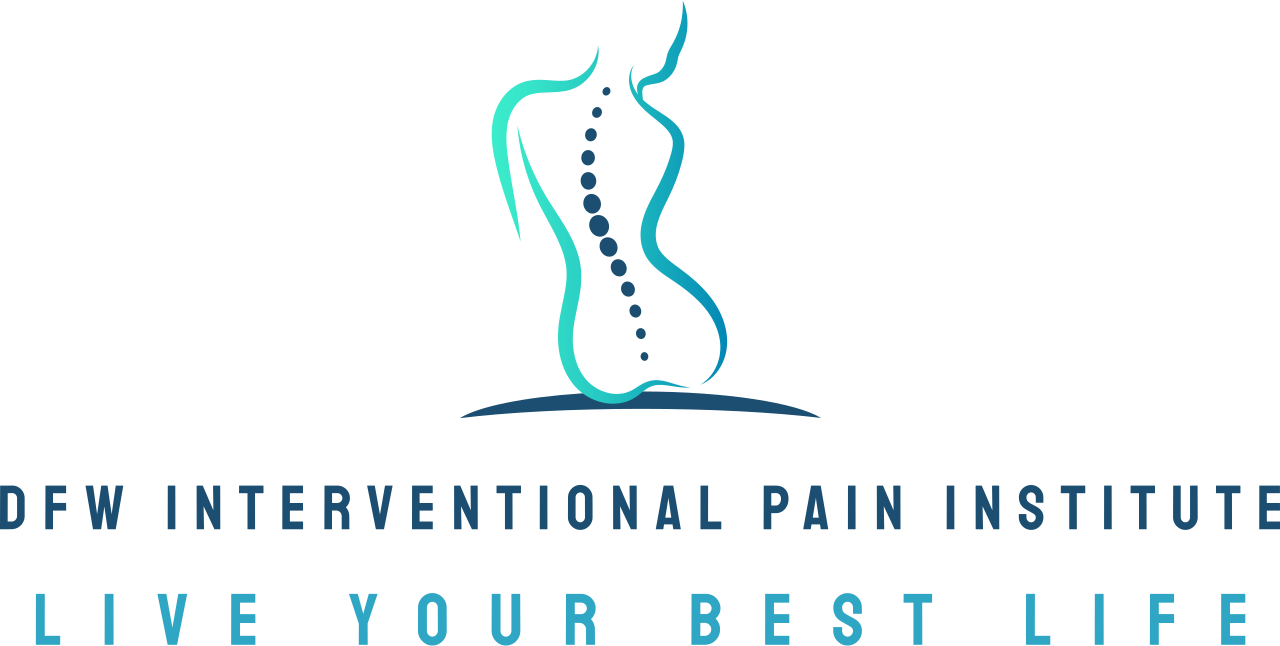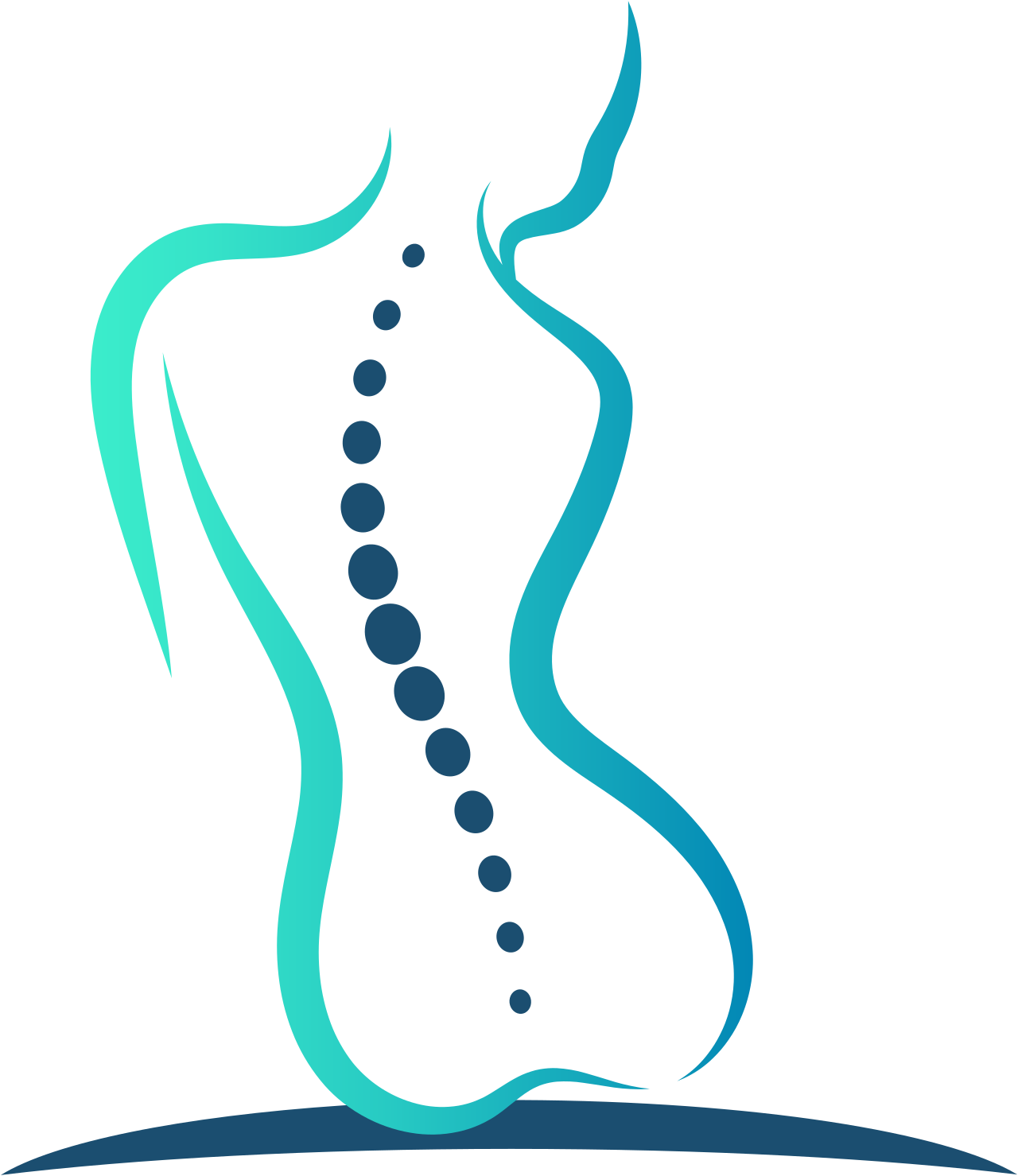What to do if you experience chronic pain when sitting
Chronic pain is more than just a physical discomfort; it's something many of our patients experience on a daily basis before coming into our office. For many, the experience of chronic pain when sitting is especially prevalent because we sit so frequently, both at work and at home. This blog post aims to provide valuable insights and practical solutions for those suffering from chronic pain while sitting, helping them regain control and improve their quality of life.
Understanding chronic pain and its impact on daily life
Chronic pain can lead to frustration and feelings of helplessness. The inability to sit comfortably can disrupt productivity and leisure activities, impacting both personal and professional life. Understanding the root causes of this pain is the first step to finding effective relief.
Many people characterize this type of pain as "sit bone pain" because they notice it, obviously, while they're sitting. Other names include "bum bone pain", "sit bones pain" or other similar terms. No matter what you call it, the feeling is the same: inability to sit comfortably like you've been used to in the past.
The good news is that numerous strategies and techniques are available to help manage and reduce pain. From posture adjustments to ergonomic solutions, this guide will explore various avenues to empower individuals to take charge of their comfort and well-being.
Common causes of chronic pain when sitting
Several factors can contribute to chronic pain when sitting, ranging from poor posture to underlying medical conditions. Identifying these potential causes is crucial in developing an effective pain management plan that addresses the specific needs of each individual.
Poor posture is one of the most common culprits behind sitting-induced pain. Slouching or sitting in the same position for extended periods can strain muscles and joints, leading to discomfort and pain over time. It's essential to be mindful of one's posture and make necessary adjustments to alleviate pressure on the spine and other areas.
In some cases, underlying medical conditions such as herniated discs, arthritis or sciatica can exacerbate pain. These conditions require a more targeted approach, often involving a combination of medical treatment and lifestyle changes to effectively manage symptoms.
As an example, some patients experience pain in their sit bones, which is often caused by overloading the hamstring muscles where they attach at the sit bones. Overuse and injury also play a role, and some people experience pain in their sit bones from poor posture and sitting habits. Our team has worked with many patients to great success in helping diagnose and treat sit bone pain.
Beyond physical factors, stress and anxiety can also amplify pain perception. Chronic pain sufferers should consider stress-reduction techniques, such as mindfulness or meditation, to help mitigate these effects and foster a more relaxed state of mind.
Tips for improving posture and reducing pain
Improving posture is a straightforward yet impactful way to reduce pain while sitting. By making conscious adjustments to one's sitting habits, individuals can significantly alleviate discomfort and enhance their overall well-being.
One essential tip is to maintain an upright posture, keeping the back straight and shoulders relaxed. This alignment helps distribute weight evenly and minimizes strain on the spine. Additionally, using a chair with lumbar support can provide extra cushioning and promote a healthier seating position.
It's also important to keep feet flat on the floor and knees at a 90-degree angle. This position ensures that the lower body supports the upper body effectively, reducing pressure on the hips and lower back.
Regular breaks are vital, too. Standing up, stretching, and walking around every 30 minutes can prevent stiffness and improve circulation, contributing to reduced pain levels. Incorporating these simple adjustments into daily routines can make a noticeable difference in comfort and pain management.
Ergonomic solutions for home and office settings
Ergonomics play a crucial role in minimizing pain and maximizing comfort when sitting for extended periods. By optimizing the environment and equipment used at home or in the office, individuals can create a supportive setting that promotes better posture and reduces discomfort.
Investing in an ergonomic chair with adjustable features is a wise decision. A chair that allows customization of seat height, backrest angle, and armrest position can cater to individual preferences and needs, providing optimal support throughout the day.
Desk setup is equally important. The top of the computer screen should be at eye level to avoid neck strain, and the keyboard and mouse should be within easy reach to prevent overextension of the arms. Utilizing monitor stands, keyboard trays, and footrests can help achieve an ergonomic workspace tailored for comfort.
For those working from home, it's essential to designate a specific area for work activities. This separation helps maintain focus and reduces distractions, allowing individuals to maintain proper posture and minimize pain.
Importance of regular movement and stretching
Incorporating regular movement and stretching into daily routines is a natural and effective way to combat chronic pain. Movement helps keep the muscles flexible and the joints lubricated, reducing stiffness and discomfort during prolonged sitting.
Simple stretches targeting the neck, shoulders, back, and hips can relieve tension and promote relaxation. Incorporating these stretches into breaks can greatly improve mobility and reduce the risk of developing pain-related issues over time.
Engaging in low-impact exercises, such as walking, swimming, or cycling, can also provide significant benefits. These activities promote circulation and strengthen muscles, which can help support the body and reduce the burden on areas affected by chronic pain.
By making a conscious effort to incorporate movement and stretching into daily routines, individuals can take proactive steps to manage their pain and enhance their overall well-being.
Dietary and lifestyle changes to support pain management
Nutrition and lifestyle choices can have a significant impact on pain management and overall health. Making mindful adjustments in these areas can help support the body's natural healing processes and reduce pain levels.
Incorporating anti-inflammatory foods into one's diet can be beneficial. Foods rich in omega-3 fatty acids, such as salmon, walnuts and flaxseeds, can help reduce inflammation, which may contribute to pain relief. Additionally, consuming a variety of fruits and vegetables provides essential vitamins and minerals that support overall health.
Staying hydrated is equally important. Proper hydration helps maintain joint lubrication and supports muscle function, reducing the risk of pain and discomfort associated with dehydration.
Lifestyle changes, such as maintaining a healthy weight and getting sufficient sleep, can also play a crucial role in pain management. Carrying excessive weight can put additional strain on joints and exacerbate pain, while quality sleep promotes healing and recovery. By adopting a holistic approach to well-being, individuals can effectively manage their pain and improve their quality of life.
When should you see a pain management doctor for pain when sitting?
While self-care strategies and lifestyle adjustments can be beneficial, there are times when seeking professional help is necessary. Consulting with a doctor or specialist can provide valuable insights and guidance for managing chronic pain effectively.
If pain persists despite efforts to improve posture and make lifestyle changes, it may be time to seek professional evaluation. Typically, if you experience pain for two weeks or more, that's a good sign that you should consider seeing a doctor like Dr. Edrick Lopez here at DFW Interventional Pain Institite. A pain clinic like ours can assess underlying conditions and recommend appropriate treatments or therapies tailored to individual needs.
Interventional pain specialists, like our staff at DFW Interventional Pain Institute, can offer a range of treatment options, including physical therapy, medications and minimally invasive procedures. These experts work closely with patients to develop personalized plans that address the root causes of pain and enhance overall well-being.
Remember, seeking help is a proactive step toward regaining control over your life. Don't hesitate to reach out to professionals who can provide the expertise and support needed to manage chronic pain effectively. At DFW Interventional Pain Institute, we've helped so many of our patients get back to living their best life through a range of innovative therapies available.
At DFW Interventional Pain Institute, we're medical experts on pain relief
Living with chronic pain can be challenging, but it doesn't have to define your life. By understanding the causes of pain and implementing effective strategies, individuals can regain control and improve their quality of life.
At DFW Interventional Pain Institute, we believe that, by taking proactive steps and seeking support when needed, individuals can break free from the limitations of pain and rediscover their potential.
Remember, you're not alone on this journey. Reach out to us at DFW Interventional Pain Institute if you're experiencing chronic pain when sitting. Our expert team is dedicated to providing personalized care and support, helping you live your best life.

